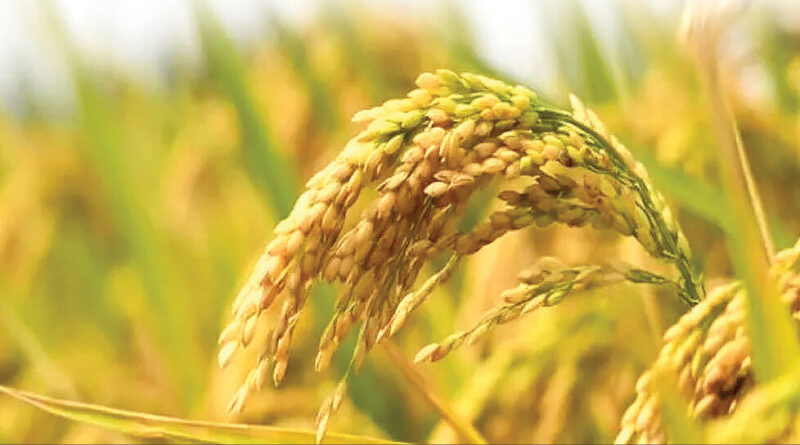Punjab sees expansion in area under short-duration varieties of Basmati crop after unforeseen July floods
By Anju Agnihotri Chaba
In the past five years, Punjab has witnessed a continuous expansion in the cultivation of paddy, a water-intensive non-Basmati crop. Despite efforts to promote Basmati rice cultivation, especially short-duration, less water-consuming varieties, Punjab has struggled to achieve its desired results.
However, this year, preliminary reports indicate that Punjab has not only met its Basmati crop target of the year but has also expanded the cultivation of short Basmati varieties, thanks to the July floods that hit the state.
According to preliminary reports from the Punjab Agriculture Department and key players in the Basmati export industry, approximately 6 lakh hectares of land in the state have been dedicated to Basmati cultivation this year. Of this, nearly 40 per cent is allocated to short Basmati varieties like PUSA 1509 and 1847, with an additional 5 per cent dedicated to variety 1692, all of which have a maturation period of 115 to 125 days.
//
Last year, the state had 4.94 lakh hectares under Basmati cultivation, while paddy covered 26.73 lakh hectares. This year’s target for Basmati cultivation was 6 lakh hectares, a goal that the state inadvertently achieved due to the floods.
It has been reported that Punjab has reached an all-time high in rice cultivation this year, with acreage exceeding 32 lakh hectares in the state. This development poses challenges to the long-pending goal of crop diversification.
Preliminary reports suggest that 25 per cent of the Basmati cultivation is of variety 1509, compared to 17.54 per cent last year, and 15 per cent is of variety 1847.
Last year, Punjab saw 43 per cent of its Basmati cultivation devoted to variety 1121, considered one of the best varieties, and 19.50 per cent to variety 1718. However, this year, the area under these varieties seems to have decreased by approximately 15 per cent, as they have a longer maturation period of around 137 to 140 days and could not be re-grown in flood-hit areas because of long duration as farmers need to harvest the crop by October end to grow the next crop.
In July, Punjab experienced major floods affecting over 1,400 villages, coinciding with Basmati’s sowing season while paddy sowing was almost over.
Fields remained submerged throughout July, leading farmers to replant their crops in August, opting for shorter-duration paddy and Basmati varieties. PR-126 was the only short-duration option for paddy, but many farmers chose short Basmati varieties due to the availability of seedlings, as both paddy and Basmati crops require young plants of 25 to 30 days for transplanting.
Experts view the increase in Basmati cultivation positively for the state, as Basmati has a shorter growth cycle than most paddy varieties and its stubble is not burned like paddy but used as cattle fodder due to its softness. Moreover, Indian Basmati enjoys high demand globally, with 90 per cent of Basmati production intended for export, contributing significantly to foreign exchange earnings. Punjab has the potential to further expand Basmati cultivation, up to 1.5 million hectares, provided international market prices remain stable.
In recent years, farmers have been earning around Rs 3,500-4,000 per quintal for this aromatic crop procured by private players rather than the government. This year, the state expects to produce around 26-27 lakh tonnes, an increase from over 22 lakh tonnes last year.
This article has been republished from The Indian Express

